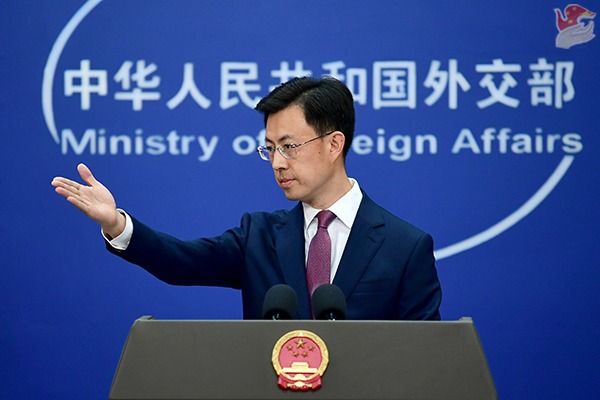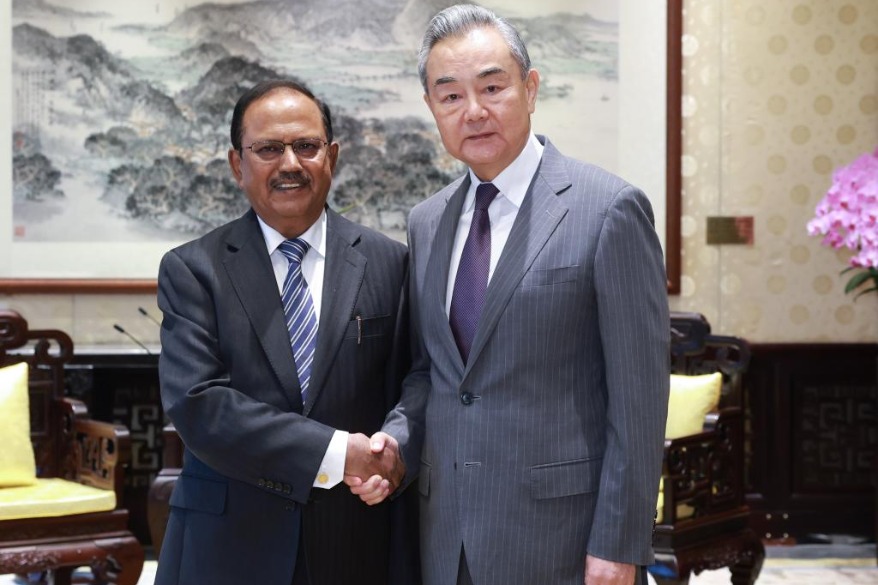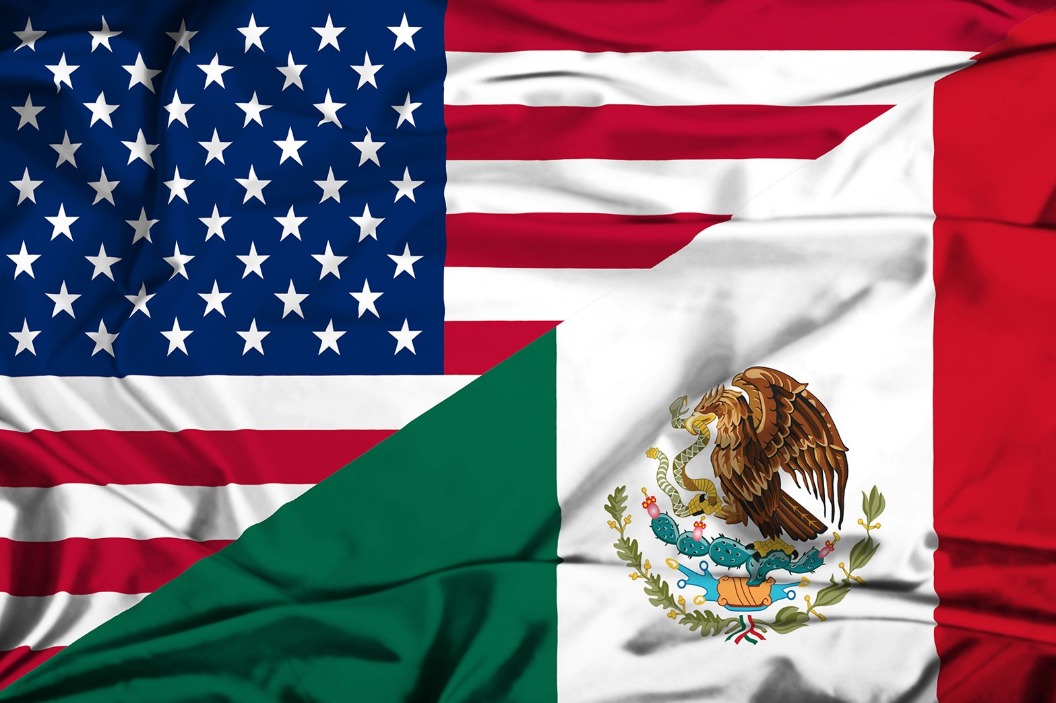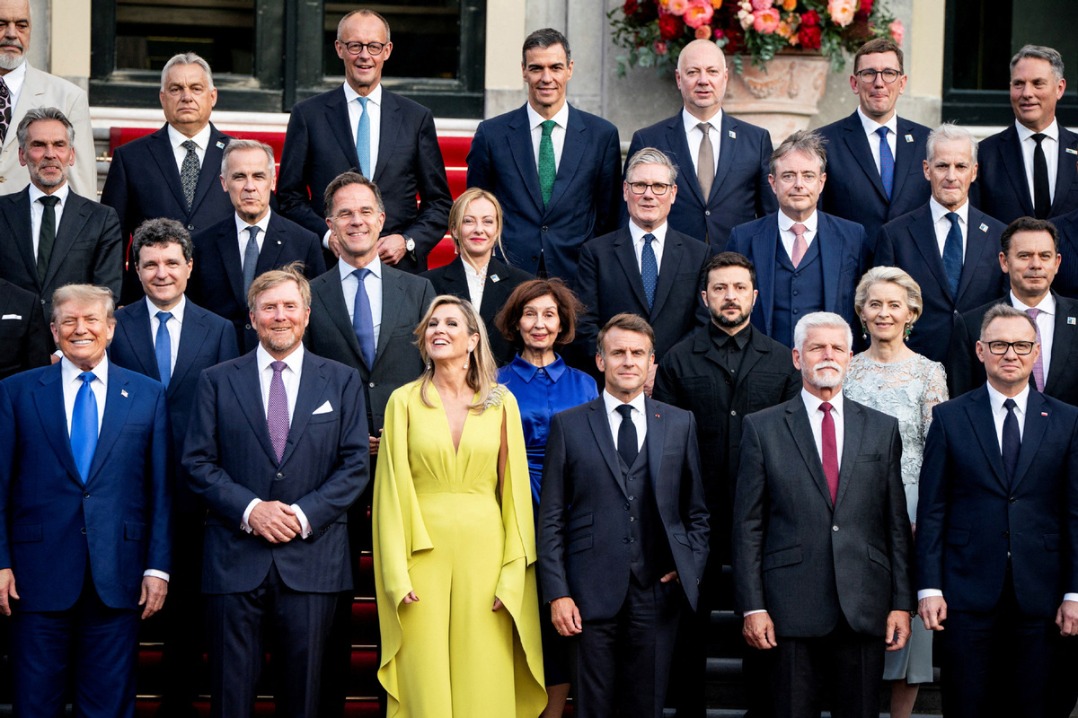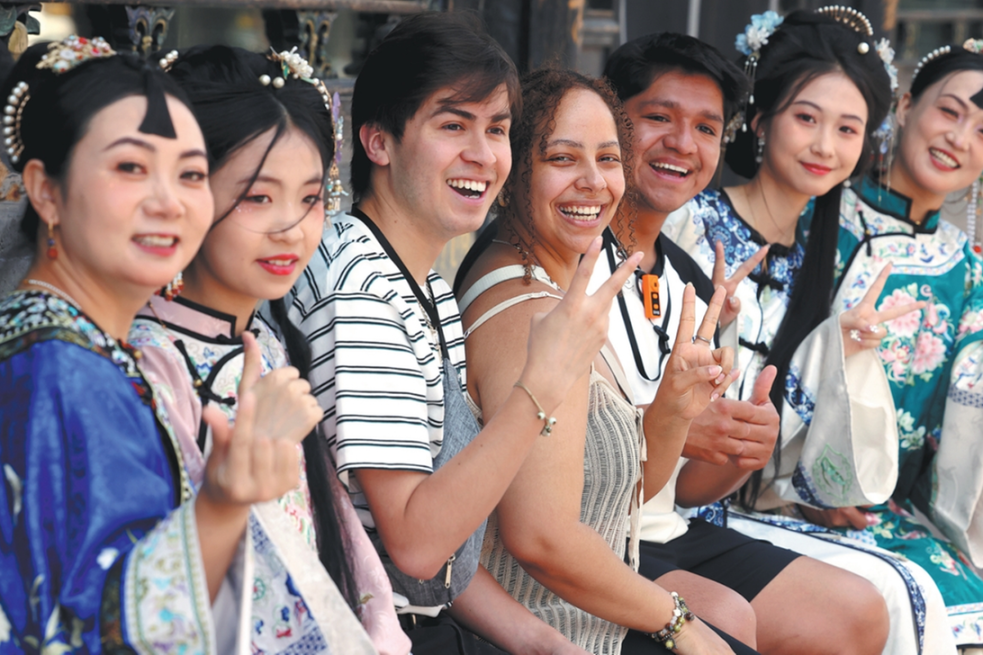Major Terracotta Warriors exhibition showcasing Chinese treasures set to make mark in Western Australia

A major showcase of Chinese artifacts of the famous Terracotta Warriors of the Qin Dynasty (221-206 BC) will open this weekend in Perth, marking what is being seen as the most significant museum exhibition of its kind in Western Australia state.
The exhibition, titled Terracotta Warriors: Legacy of the First Emperor, runs from June 28 to Feb 22 at the WA Museum Boola Bardip, featuring more than 225 artifacts, including the Terracotta Warriors and newly unearthed objects never seen outside China, with most of the exhibits displayed in Australia for the first time, according to organizers.
The chance discovery of the Terracotta Warriors near Xi'an, capital of Northwest China's Shaanxi province, in 1974 is considered to be one of the most significant archaeological finds of all time. Buried for over two millennia, the life-sized warriors were created to guard China's first emperor Qin Shi Huang in the afterlife.
"This is an exceptional opportunity for Western Australia. It is like nothing we have ever seen before," Western Australia's Premier Roger Cook said in a statement on June 25.
"It is the largest and most significant exhibition the WA Museum has ever shown. Bringing what is perhaps the eighth wonder of the world to many people who otherwise may never have the opportunity to experience it," he said.
"The exhibition is one of a kind and is set to welcome 180,000 visitors across the seven and a half months, including more than 60,000 from interstate and overseas," Cook said.
"This has far-reaching impacts for WA's tourism, hospitality and hotel businesses, and is an excellent example of the economic diversification we strive for to support our state."
Developed by the WA Museum in collaboration with Shaanxi
Cultural Heritage Promotion Centre and the Emperor Qin Shihuang Mausoleum Museum, the exhibition will be complemented by events such as large-scale external projections, behind-the-scenes tours, talks and interactive experiences designed to engage audiences, organizers said.
Yu Tao, associate professor and head of Chinese Studies at the School of Social Sciences, the University of Western Australia, told China Daily the exhibition is "far more than a display of ancient artifacts; it offers a powerful lens through which contemporary audiences can engage with the deep continuities in Chinese state formation, cultural symbolism, and political imagination".
"The Qin Dynasty, though brief, laid the institutional and ideological foundations for what would become the Chinese imperial state. The centralized bureaucratic governance, standardized systems of writing, weights and measures, and unified currency — initiatives pioneered under the First Emperor — constitute enduring legacies that continue to shape China's self-understanding as a unitary civilization-state," Tao said.
"For Australian audiences, the exhibition serves as an invaluable educational and cultural bridge. It invites viewers not only to appreciate the artistic and technological achievements of ancient China but also to reflect on how China's past informs its present, especially in terms of governance, identity, and worldviews," he said.
Tao said that, in conjunction with the exhibition, the WA Museum has also arranged a series of public lectures and cultural engagements on Friday evenings, including his talk on July 4, "which will use the exhibition as a point of departure to explore the origins of the modern Chinese central state. The exhibition and the accompanying talks … will help foster greater cross-cultural curiosity and historical literacy".
"While many visitors will rightly be drawn to the impressive life-sized Terracotta Warriors and the exquisite jade and bronze objects, I am particularly intrigued by the more mundane but deeply revealing artifacts, such as the Qin banliang coins and the set of standardized measuring equipment from the Western Han Dynasty (206 BC-AD 24). These items, though less visually dramatic, speak volumes about the material processes through which state power was extended into the everyday lives of ordinary people," Tao said.
"The unification of currency and measurements under the Qin (and strengthened in Han) was not merely a technical change — it marked the emergence of a regime capable of regulating economic life on a massive territorial scale. Such artifacts embody the logic of rule and administrative rationality that defined imperial China and resonate with broader questions about how states manage complexity and enforce standardization. Exhibiting these objects in Australia presents an important pedagogical moment: a chance to demonstrate how even the smallest material remnants of the past can illuminate significant questions about political authority and social organization," he said.
Tao also said the exhibition can help draw attention to cooperation and collaboration between Australian and Chinese research in the field, with "substantial potential for collaborative research between Australian and Chinese scholars, not merely in archaeology but also cultural history, museology, and public humanities".
"China, as one of the world's great ancient civilizations with an unbroken cultural tradition, and Australia, home to the oldest continuous human culture in the world, each offer unique strengths," he said.
"Moreover, the long history of Chinese migration to Australia, particularly since the 19th century, has created shared legacies that remain underexplored. Future collaborations might not only study ancient dynasties but also trace how Chinese cultural forms — such as tastes and aesthetics — have traveled and been reimagined in diasporic settings," Tao said.
"In this sense, the Terracotta Warriors are not only emissaries of China's past, but also touchstones for contemporary dialogue about heritage in a global context."
alexishooi@chinadaily.com.cn

















